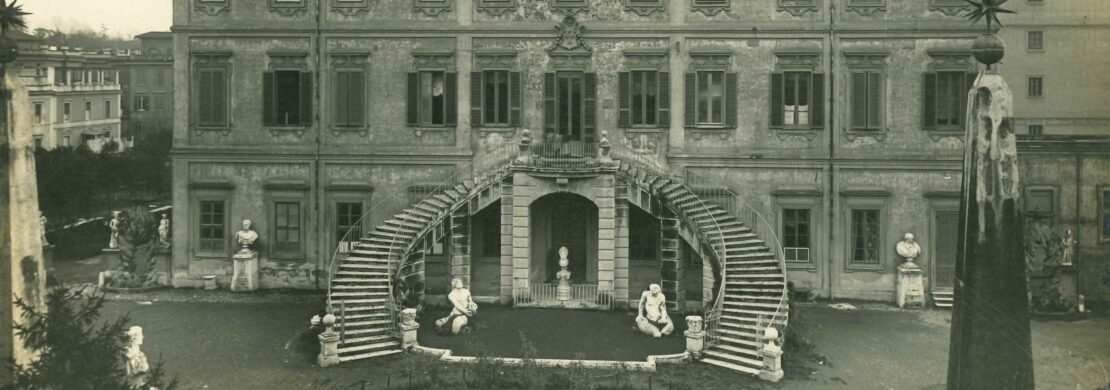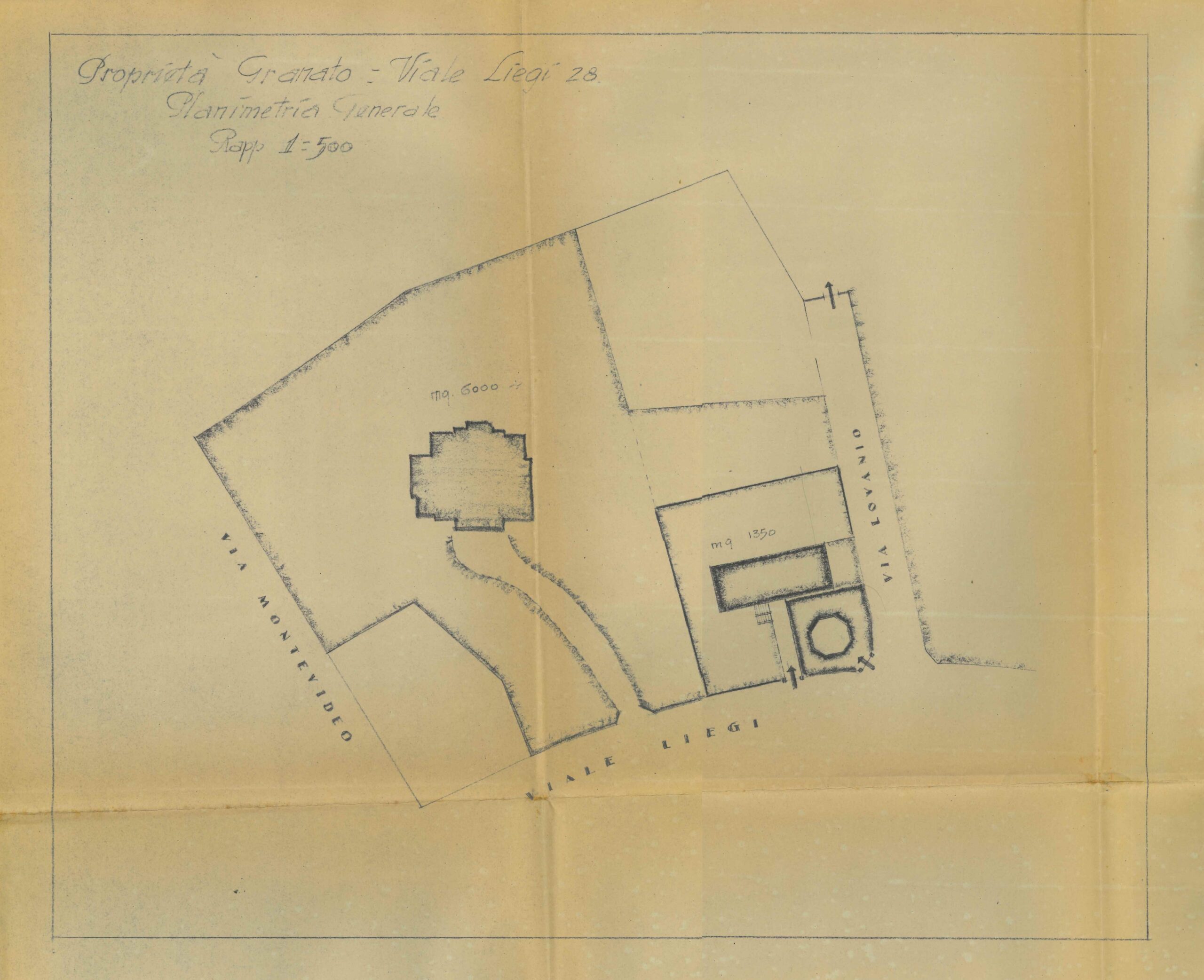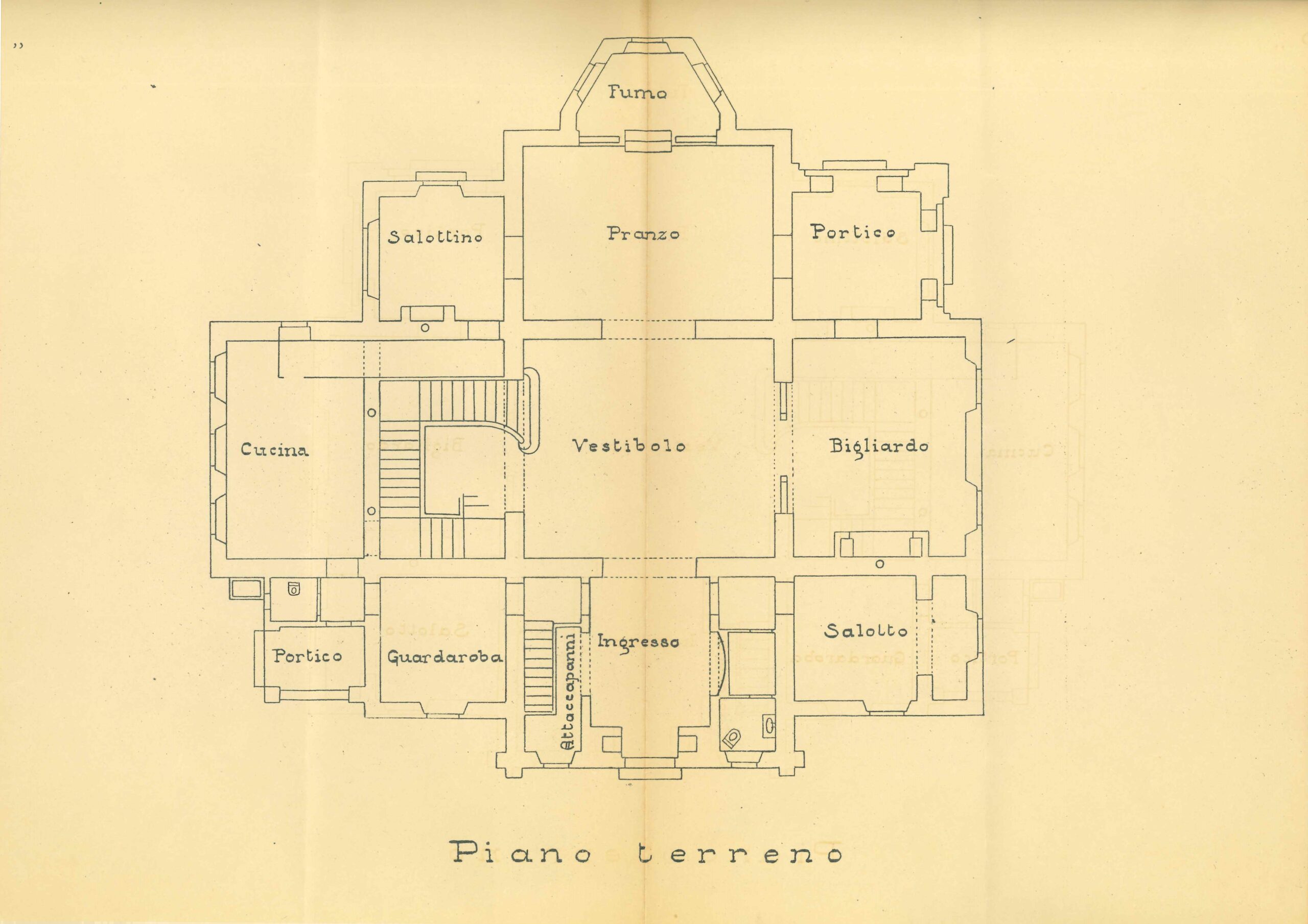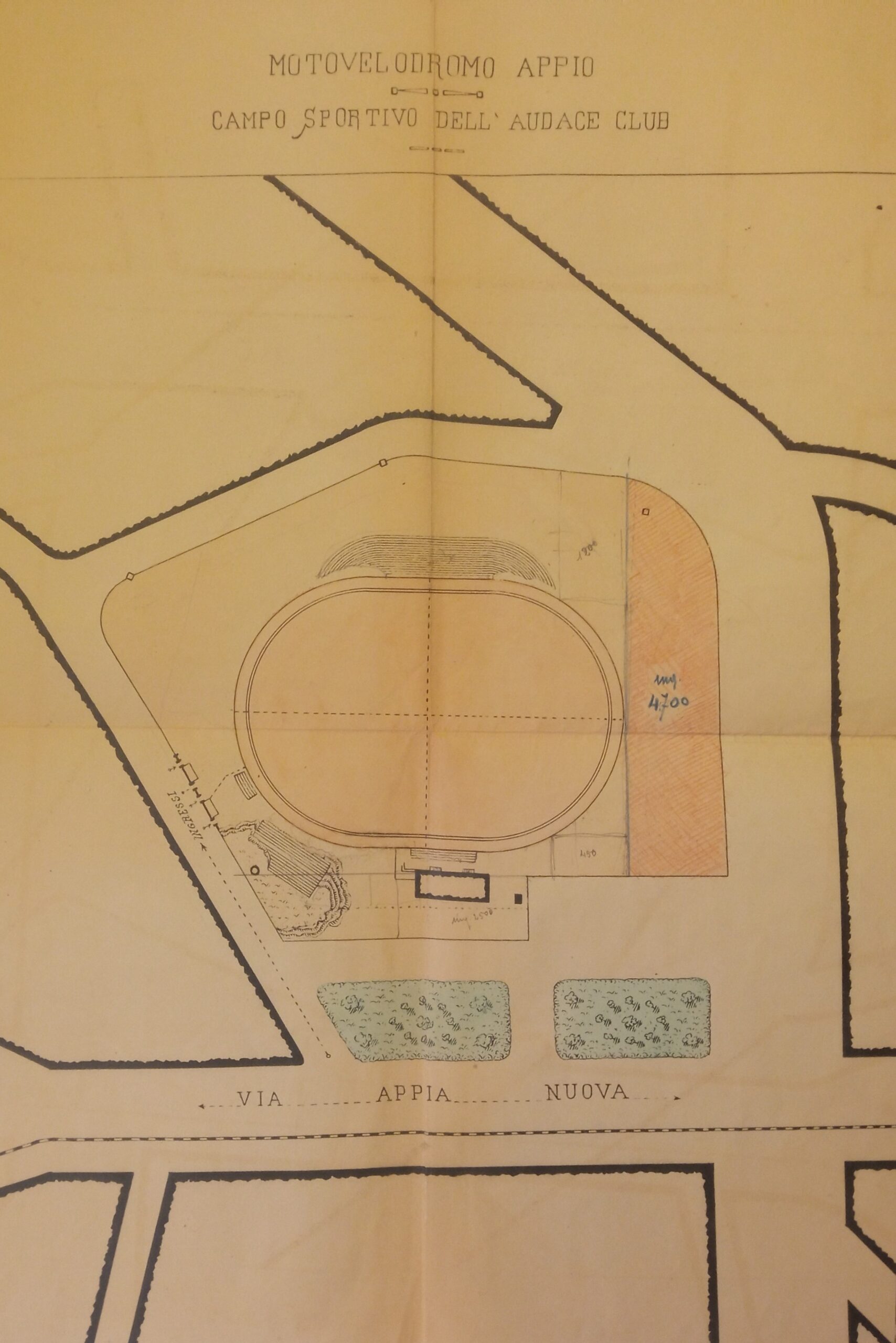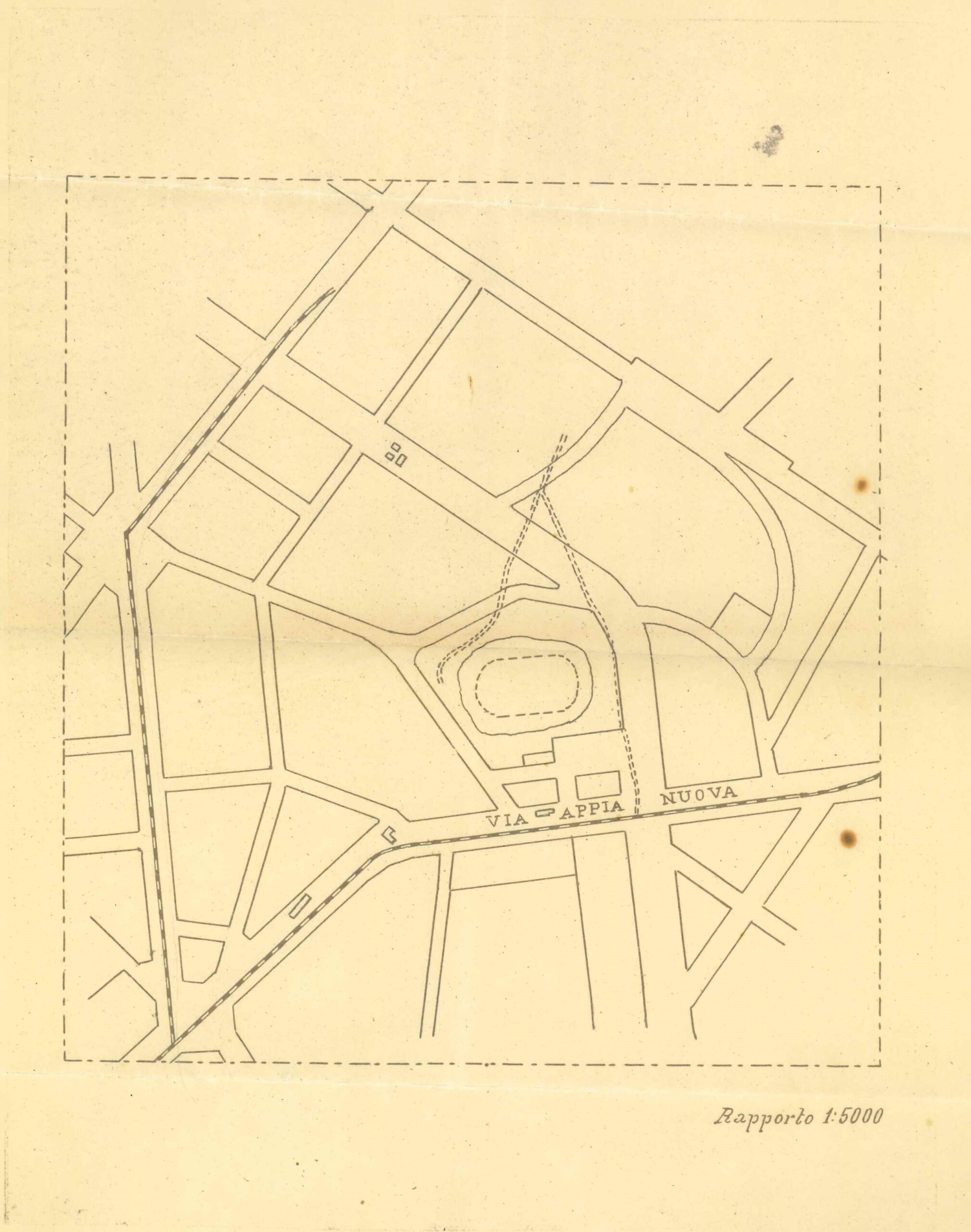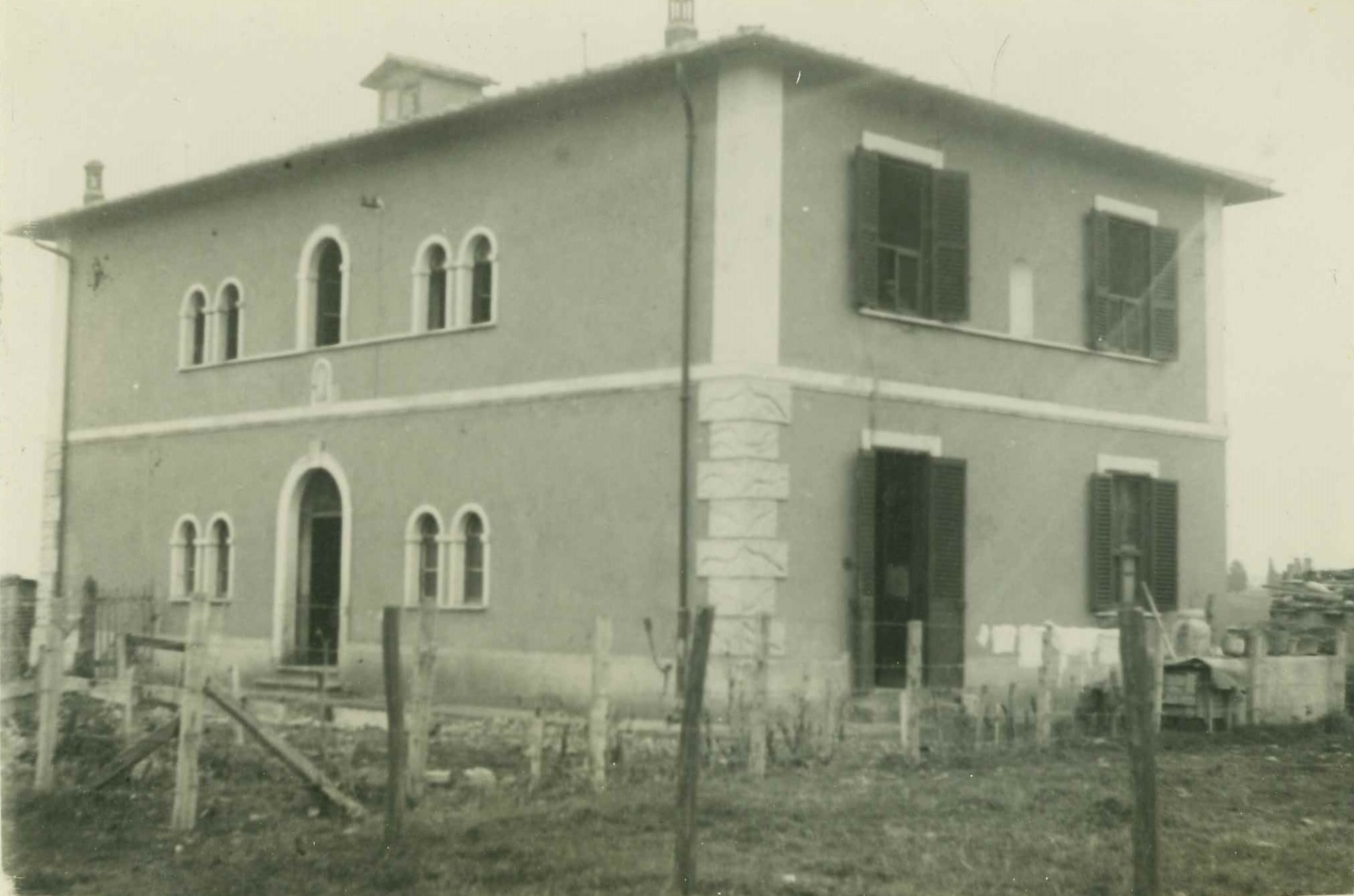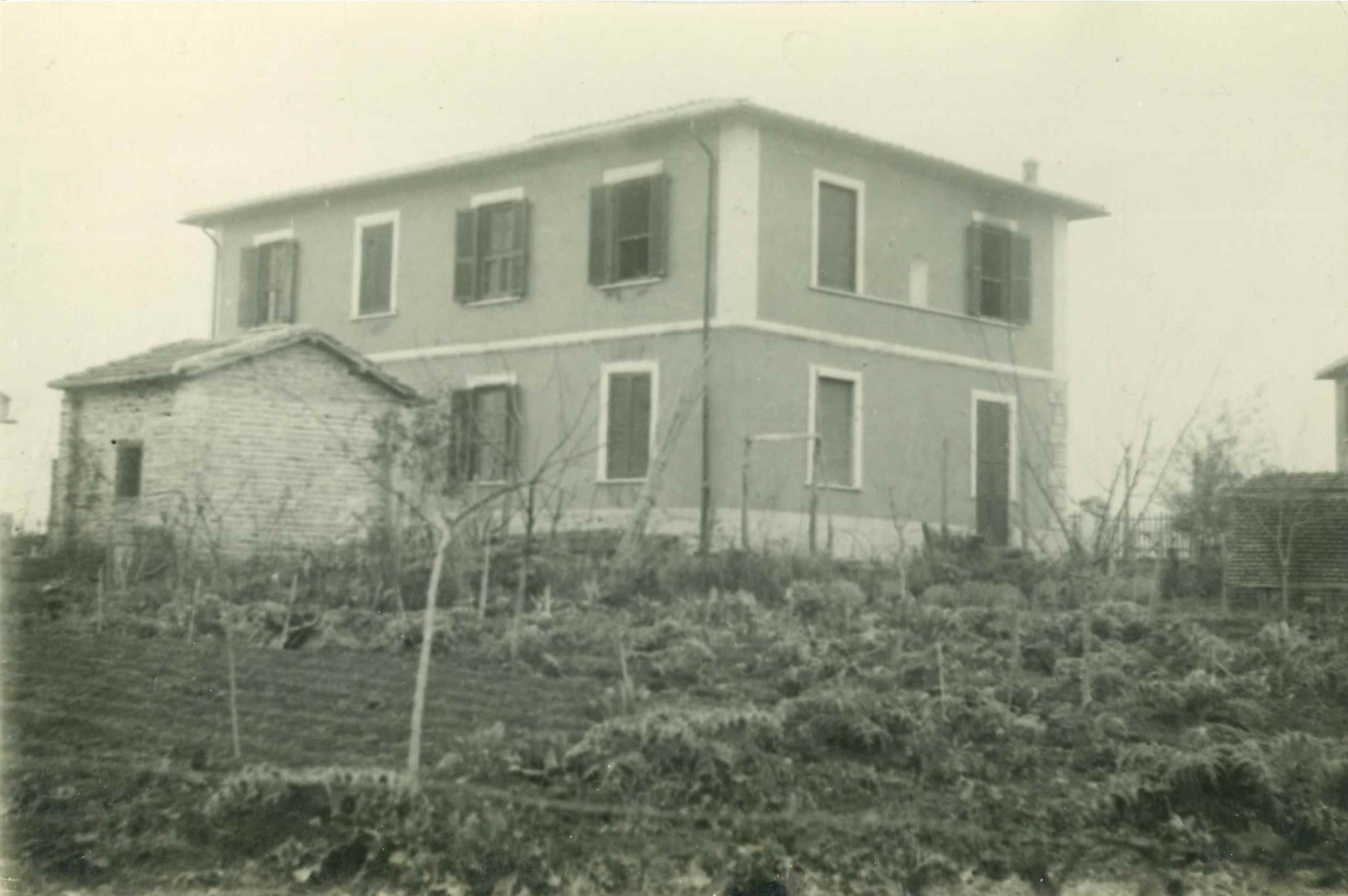One of the most important fonds in the INA Assitalia Historical Archive is unquestionably the historical real estate fonds (formerly known as general real estate archive), which contains information regarding the wealth of real estate held by the former Istituto Nazionale delle Assicurazioni (INA) and its affiliates.
Not only that: one of the lesser-known and explored series relates to the expert work carried out in the 1920s, ’30s and ’40s, first by the Istituto Nazionale Immobiliare (INI), from 1924 to 1934, then following that by the experts within the INA, on evaluating real estate offers and providing mortgages to INA employees and third parties. While covering the entire country, the majority of the files focus primarily on Rome, offering a small yet precious archive of documents, information and news.
At its heart are the appraisals, estimates, expert opinions: those regarding INI’s activity offer a particular trove of information; typewritten freely, before assessing the value of a property or a flat, they describe the building in broad terms: construction date, company or firm that built it, general condition, materials, advantages and defects. When the INI was liquidated and the expert services were brought in-house to the INA’s Direzione dei Servizi Immobiliari (Real Estate Services Division), the appraisals lost something of this wealth of information and became formulaic, simple estimates of appraisals. Beyond the boilerplate correspondence, the files also almost always include the drawings of the floors and occasionally the entire layout of the building. In some cases, the appraisals and technical designs are supported by hazy black-and-white images.
It is therefore possible to begin a small and fascinating stroll through the streets of a Rome that in many cases no longer exists – like modern-day digital boulevardiers, pursuing the trail set down in the INA’s documents.
The first stop: Porta Pinciana. Starting at Via Veneto, the first grand hotel on the left is the Hotel Flora; a luxury hotel built in the early 1900s in a superb location with the “unquestionable benefit of the vast and appealing view over the pine groves of the Villa Borghese, a view which on the upper floors reveals and dominates the entire skyline of Rome.” In 1926, while works were starting to elevate the building, a project that took place under the watchful eye of the architect Emilio Vogt, the hotel was estimated to be worth almost five million lire by the INA, as part of a mortgage proposal. A proposal was put forward to change its location, but this idea was quickly discarded, as the hotel characteristics of the Via Veneto building were already in place.
The second stop is along the Viale Liegi: Those who join this street from the Strada Salaria and head towards Piazza Ungheria will come across a single block to the right tucked in between Via Lovanio and Via Montevideo. Once upon a time, upon the same site where today almost ten buildings have been erected, stood the Villa Teresa. Built by the Società Immobili Via Po and surrounded by a vast park, upon first glance on paper, the grounds of the villa could have been lifted from the American detective novels of Philo Vance. In the furthest corner to the right, at the junction of Viale Liegi and Via Lovanio, two small buildings were constructed, apparently in 1924; the first over two floors, bearing the street number 28, included a flat for the porter and five more miniature flats, “two of which were without a kitchen and […] suited as ‘bachelor pads’.” The second building, with only a ground floor and bearing street number 30, did not even have an external window: the buildings received light from an internal patio and garden. Of these buildings, nothing remains.
As we carry on to our third stop, we reach the most secretive part of the Esquilino – the triangle created by Viale Manzoni, Via San Quintino and Via di Santa Croce in Gerusalemme. At number 47, Viale Manzoni is where we find Villa Altieri, a noble complex of two buildings and a garden full of statues and greenery, owned at the time by the Countess Teresa De Merode Villafranche. The first building has a quiet view over an inner garden, from which it is possible to access the upper floor via an oval staircase; the second building, equally distinguished, is at Viale Manzoni 39 and was finished in 1930 and later divided into small flats. We wrap up this stop with one more interesting note: during the 1920s, King Boris of Bulgaria resided here.
For our fourth stop, we head towards San Giovanni and join the Via Appia Nuova for a 2.5 km stretch until the Motovelodromo Appio, the sporting ground of the Audace Club: “this plot of land (as it was then) was in the open countryside, in that part of the Roman countryside that was until a few years ago the exclusive domain of Sunday walks. The roads […] are still in the very early stages, with the masterplan only recently moving ahead.” Small sections of the sporting fields were offered to settle the Audace Club’s mortgage agreement a few years earlier with the Istituto – the managing director of Audace was the podestà of Formia, Felice Tonetti – but the plan did not come to fruition. While undoubtedly verdant, the information provided by the editor of the appraisal describes the progress being made at the time with the Via Appia Nuova, “the tentacles of which should connect [and since then have connected] Rome to its castles.”
We will close our journey with the fifth and final stop on the outskirts, along the Via Casilina, in the suburb of Torre Spaccata: today full of buildings of every shape and size, back in the 1920s it was a sweeping expanse of small gardens and semi-rural houses, as described by an INA employee in his densely typed four-page mortgage application: a small cottage which includes an existing garden, as the writer poetically describes it, like a modern old man from Corycus: “The land surrounding the cottage is, as with all its neighbours in the “Torre Spaccata” neighbourhood, entirely encircled by thick, dense barbed wire […] and has a huge tank to enable constant irrigation and it is in exceptionally fertile condition and today it is heavily and intelligently cultivated with fruits (over 20 different fruit plants), vines (over 30 plants), vegetables (over 200 plants of artichoke, broad beans, peas, chard, various leaves, onions, garlic etc…), strawberries, and flowers of various species. All of it is already partly in bloom, and partly giving fruit.”
This is where our first wanderings through the streets of Rome end: the series of expert insights, in fact, is still under inventory.
